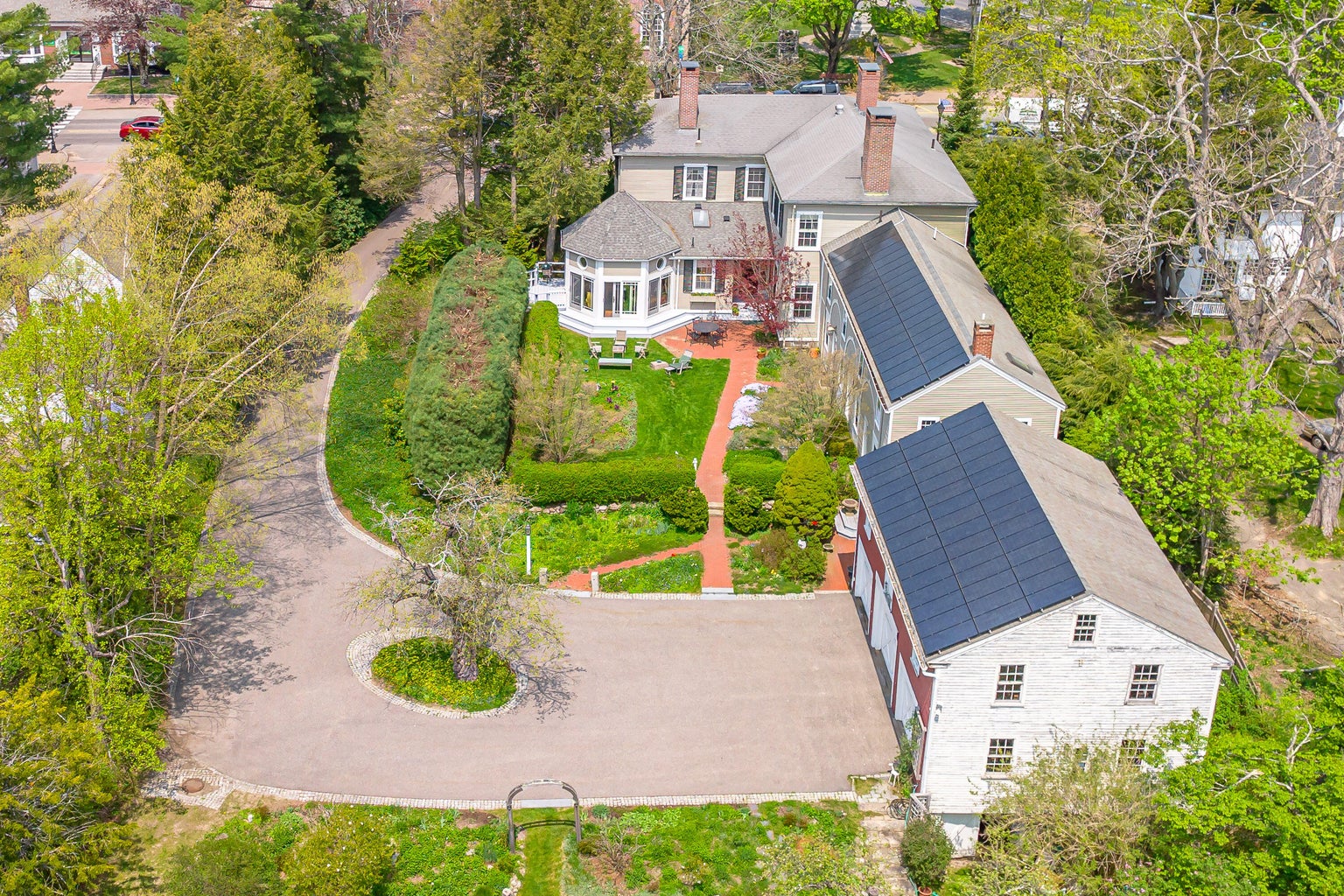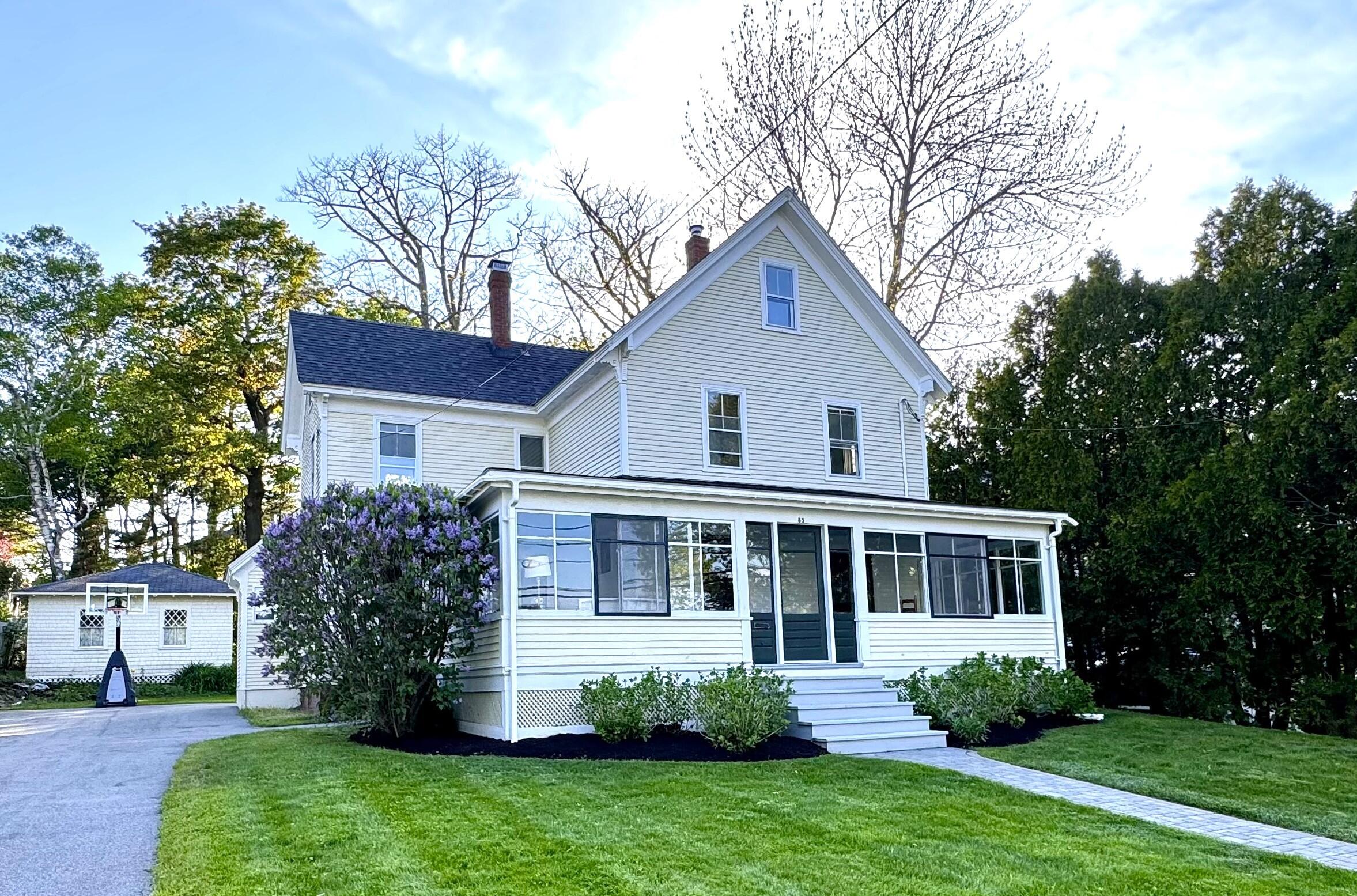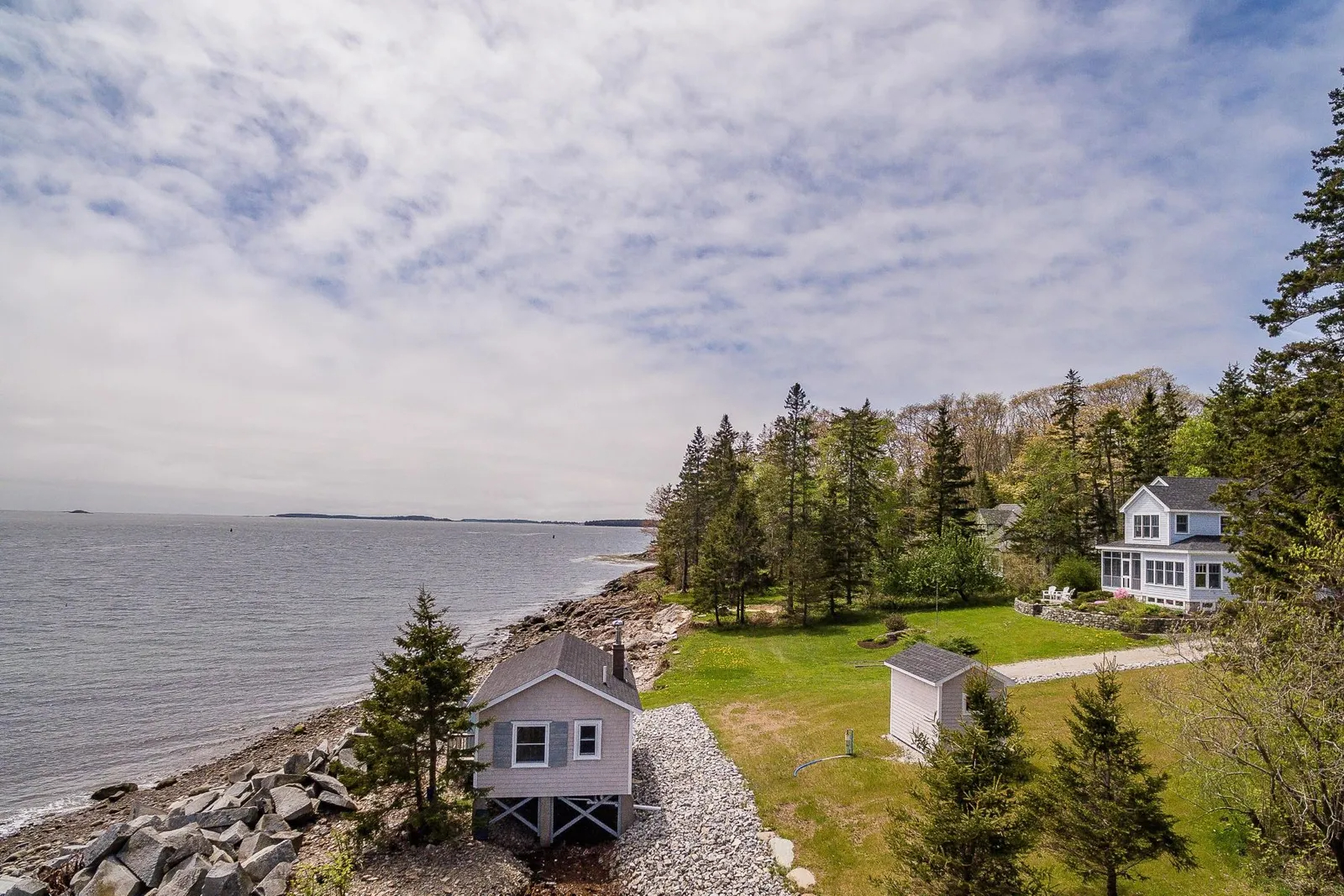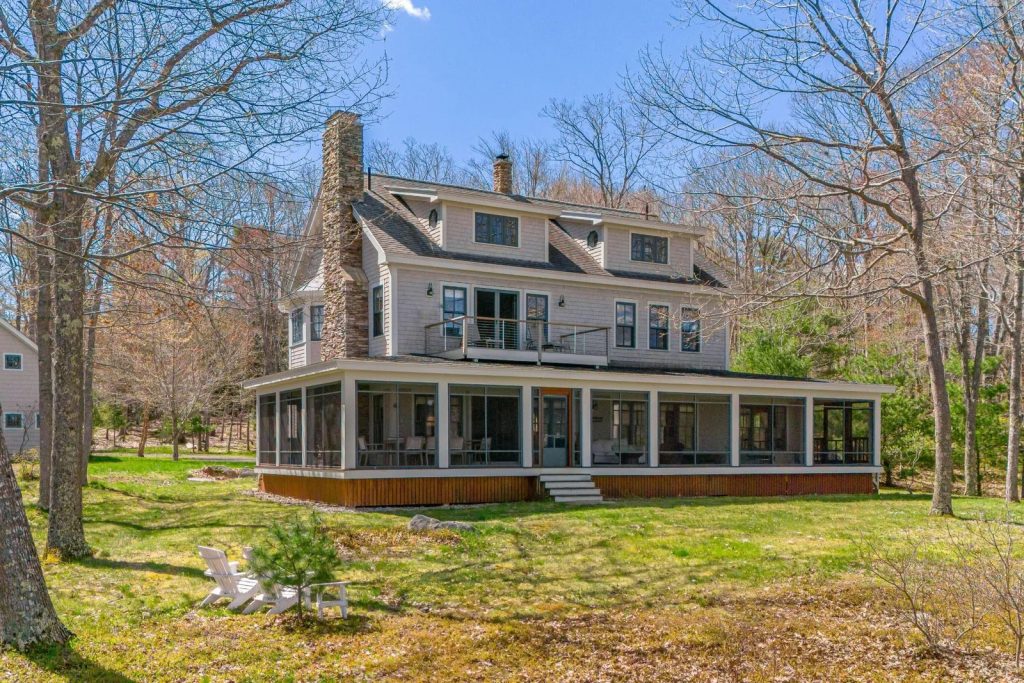
This story was originally published in Luxury Outlook 2024 by Sotheby’s International Realty. When Wohali, a luxury, 5,000-acre planned community, breaks ground later this year in Utah, it will boast a long list of sustainable features: thousands of acres set aside under a conservation easement, a solar-panel farm, and community buildings featuring solar roofs. Once a niche interest, real estate developers are now building with sustainability at the top of mind, as buyers demand homes that integrate more renewable energy and reduce their carbon footprint. “People are making decisions with a focus on the future related to what’s best for the environment,” says Onie Bolduc, head of sales at Wohali and associate broker, Summit Sotheby’s International Realty in Park City, Utah. Worldwide, buildings account for 37% of global carbon emissions and 34% of energy demand, according to a 2022 report by the United Nations Environment Program. Reducing their impact has clear implications for the environment. In Sweden, sustainability has become something buyers expect, says Anders Elbe, real estate associate, Sweden Sotheby’s International Realty in Stockholm—perhaps unsurprising for a country where 69% of the land is covered by forest. “Nature is everywhere,” Elbe says. “With foreign buyers, that’s what they appreciate.” Swedish real estate developers have been at the forefront of using green building materials in both offices and residential towers. For example, Developer Atrium Ljungberg is planning a new ecodistrict in Stockholm called “Wood City” that would include 7,000 office spaces and 2,000 homes—all built using mass timber construction, which is more environmentally friendly than steel and concrete. Energy Efficiency Translates to Cost Savings In some parts of the world, like Puerto Rico, rising energy prices have made buyers more conscious of their electricity and gas consumption, pushing them toward homes with solar power and energy-efficient appliances. “Solar panels are highly sought after, not only for reducing energy bills but also for backup power during outages,” says Brenda Nieves, a broker with Puerto Rico Sotheby’s International Realty in San Juan. More environmentally friendly heating systems can also help reduce costs. In Park City, Bolduc has noticed more homes being built with ground-source heat pump geothermal systems, rather than typical radiant boilers. The pumps can heat and cool a house, as well as supply it with hot water. Of course, those systems do come at a cost. In the U.S., buyers can expect to pay somewhere between $15,000 and $30,000 to purchase and install a solar system on their roof, according to the Center for Sustainable Energy. Geothermal heating systems can cost between $25,000 and $40,000. Luckily for homeowners, many governments offer tax credits. In the U.S., for example, those who buy and install a solar-energy system in their home before the end of 2032 can get back 30% of the cost in the form of a federal tax credit. Still, the question of whether the investments made in sustainability will translate to a home’s value may depend on location. In Puerto Rico, where the island’s vulnerability to natural disasters, like hurricanes, has increased awareness about the need for resilient and eco-friendly homes, buyers will pay more for a home in line with environmental goals, Nieves says. In Park City, Bolduc says, it can be a challenge to make money on a resell for buyers who invest heavily in sustainable design. “You’re looking for a needle in a haystack, someone who’s willing to pay for those premiums,” Bolduc says. Walkability, Eco-Friendly Cars, and a More Green Community at Large In Puerto Rico, Nieves says, electric-vehicle charging stations are gaining popularity among eco-conscious buyers shifting toward electric cars. A recent survey of Sotheby’s International Realty agents found that an electric-vehicle charging station was the most popular consideration among homebuyers with an eye toward sustainability, beating out solar and other amenities. Beyond the home and property itself, real estate developers are also thinking about how they can build a community around environmentally friendly standards. Wohali, the Utah planned community, is designed to incorporate nature: 3,400 of the community’s 5,000 acres are under a conservation easement, protecting it as open space where residents can hike, mountain bike, and Nordic ski. The community also includes a five-acre solar farm, which helps to provide power to the community as a whole. All of the amenity buildings will include solar roofs and be Leadership in Energy and Environmental Design, or LEED, certified. Even the golf course at Wohali was designed to be more green—it is one of 1,000 Certified Audubon Cooperative Sanctuary courses worldwide, awarded to courses that enhance wildlife habitat and meet certain standards for environmental management. ESG Gains in Popularity The greater interest in sustainability touches both homebuyers and larger commercial investors. As investors begin to weigh the risk associated with climate change, they’ve started to pay attention to metrics and certifications that show a building is meeting environmental performance goals. One of those certifications is awarded by the WELL Building Institute, which has developed a standard to promote healthier buildings which include a building’s air quality and temperature control. “Worsening health threats from climate-related impacts continue to push market demand for healthy buildings,” says Liz Miles, vice president of stakeholder relations with the International WELL Building Institute. Air pollution from Canadian wildfires has triggered a wake-up call to fortify buildings with measures to improve indoor air quality. Likewise, excessive heat has highlighted the importance of buildings that can be resilient in the face of climate change. Some investors believe that over the long term, older buildings will be forced to decarbonize, lowering the values of homes that haven’t been retrofitted. “Sustainability is part of the ESG (environmental, social, and governance) paradigm shift in real estate in recent years,” Miles notes. “From regulators to investors to consumers and anybody in between, the demand to measure nonfinancial factors to evaluate organizational success has become the new business imperative.”



